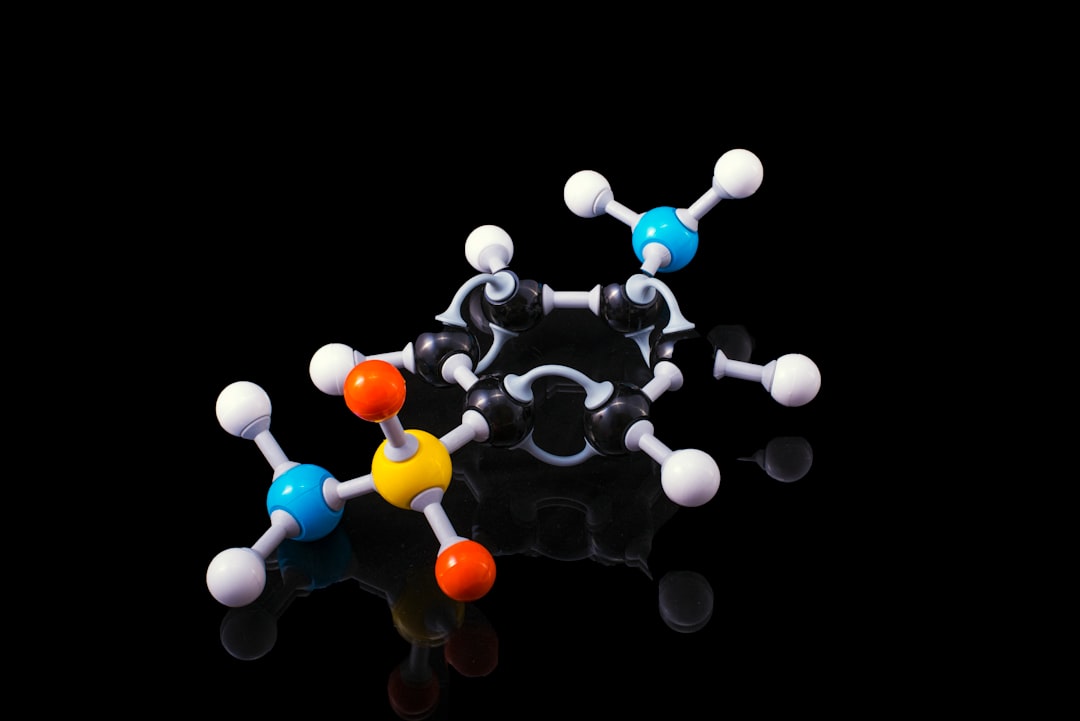What is it about?
There is growing interest in developing bio-based products and innovative process technologies that can reduce the dependence on fossil fuel and move to a sustainable materials basis. Biodegradable bio-based nanocomposites are the next generation of materials for the future. Renewable resource-based biodegradable polymers including cellulosic plastic (plastic made from wood), corn-derived plastics, and polyhydroxyalkanoates (plastics made from bacterial sources) are some of the potential biopolymers which, in combination with nanoclay reinforcement, can produce nanocomposites for a variety of applications.
Featured Image

Photo by EcoPanda on Unsplash
Why is it important?
Nanocomposites of this category are expected to possess improved strength and stiffness with little sacrifice of toughness, reduced gas/water vapor permeability, a lower coefficient of thermal expansion, and an increased heat deflection temperature, opening an opportunity for the use of new, high performance, lightweight green nanocomposite materials to replace conventional petroleum-based composites
Perspectives
The present review addresses this green material, including its technical difficulties and their solutions.
Dr Pratheep K Annamalai
University of Queensland
Read the Original
This page is a summary of: Recent Advances in Biodegradable Nanocomposites, Journal of Nanoscience and Nanotechnology, April 2005, American Scientific Publishers,
DOI: 10.1166/jnn.2005.111.
You can read the full text:
Contributors
The following have contributed to this page










